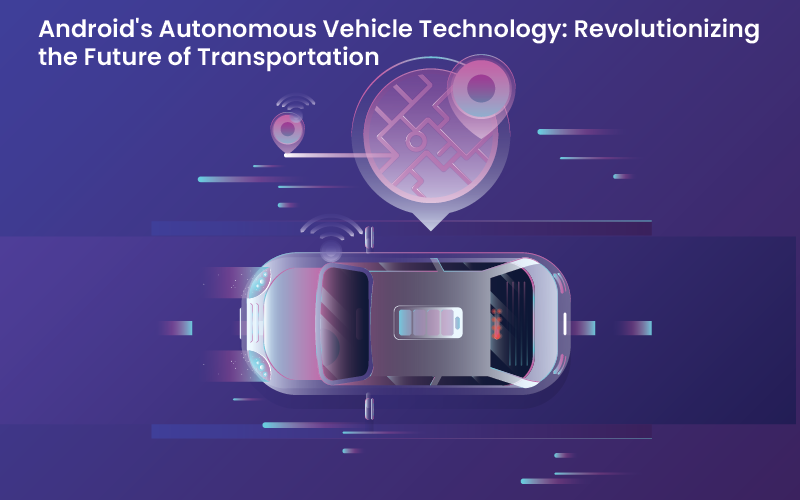Introduction
The automotive industry is on the cusp of a revolution, driven by autonomous vehicle technology. Android, the world’s most popular mobile operating system, is playing a pivotal role in shaping this future. With its open-source nature and vast developer community, Android is empowering automakers and tech companies to create innovative, safe, and efficient self-driving solutions. In this article, we’ll delve into Android’s autonomous vehicle technology, its applications, benefits, and the companies leading the charge.
Android’s Role in Autonomous Vehicles
Android’s involvement in autonomous vehicles began with the Android Automotive operating system, designed specifically for in-vehicle infotainment systems. This platform provides a robust foundation for developers to create custom apps and integrations. Android’s autonomous vehicle technology builds upon this foundation, leveraging:
- Android Things: Enables developers to create IoT devices, including autonomous vehicle components.
- Android NDK: Provides native development tools for high-performance computing.
- Google Cloud: Offers scalable infrastructure for data processing and analysis.
Key Components of Android’s Autonomous Vehicle Technology
- Sensor Integration: Android supports various sensors, including cameras, lidar, radar, and GPS.
- Machine Learning: Android’s ML toolkit enables developers to create sophisticated AI models.
- Computer Vision: Android’s computer vision API enhances image processing and object detection.
- Software Updates: Android’s over-the-air update capability ensures seamless software updates.
Applications of Android’s Autonomous Vehicle Technology
- Self-Driving Cars: Android powers autonomous vehicles from companies like Waymo and Tesla.
- Truck Automation: Android-based systems optimize logistics and improve road safety.
- Smart Traffic Management: Android-enabled infrastructure enhances traffic flow and reduces congestion.
- Autonomous Delivery: Android-powered drones and robots revolutionize package delivery.
Benefits of Android’s Autonomous Vehicle Technology
- Improved Safety: Autonomous vehicles reduce human error and accidents.
- Increased Efficiency: Optimized routes and traffic flow reduce congestion.
- Enhanced Mobility: Autonomous vehicles enable transportation for the elderly and disabled.
- Reduced Emissions: Electric and hybrid autonomous vehicles promote sustainability.
Companies Leading the Charge
- Waymo: Alphabet’s subsidiary develops Android-powered self-driving cars.
- Tesla: Integrates Android-based Autopilot system for semi-autonomous driving.
- General Motors: Utilizes Android for its Cruise autonomous vehicle platform.
- Volkswagen: Partners with Android to develop autonomous vehicle technology.
Conclusion
Android’s autonomous vehicle technology is transforming the transportation landscape. With its open-source nature, vast developer community, and innovative components, Android is empowering companies to create safe, efficient, and sustainable self-driving solutions. As the industry continues to evolve, Android’s role will only grow, shaping the future of transportation.

